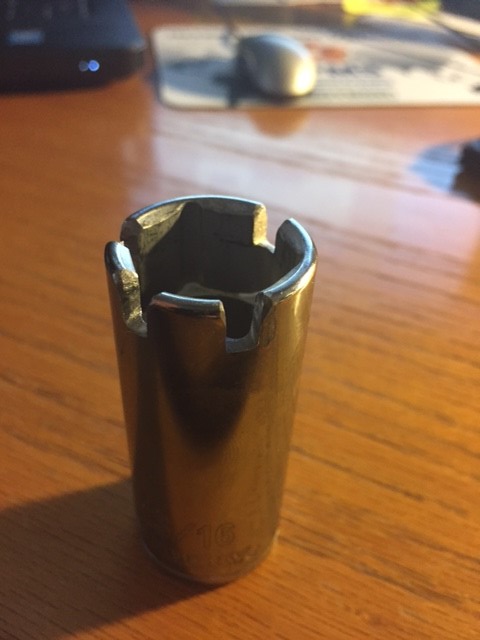Was able to get two Coke pin lock corny kegs for free at my local recycling center after asking for them for free when they said they couldn't sell them. I've been waiting for a good opportunity like this to get into kegging.
What do I need to look for to assess the condition and what needs replaced?
The manual pressure relief valve that only one kid has is broke so that needs replaced. Can I easily covert these to ball lock?
View attachment ImageUploadedByHome Brew1457733093.022454.jpg
View attachment ImageUploadedByHome Brew1457733102.403860.jpg
What do I need to look for to assess the condition and what needs replaced?
The manual pressure relief valve that only one kid has is broke so that needs replaced. Can I easily covert these to ball lock?
View attachment ImageUploadedByHome Brew1457733093.022454.jpg
View attachment ImageUploadedByHome Brew1457733102.403860.jpg


 If you use quick disconnects on your tubing, you can swap them out pretty easily. As for testing, once they're cleaned, I put some water/Starsan and add some pressure, then turn upside down looking for drips. If you keep them upright, they should hold pressure. Finally, if you're the least bit handy, don't spend big $ on a "special" pin lock socket. Go to Lowe's and get a cheap 13/16" deep well socket and grind out your own. The CO2 pins are 180⁰, and the liquid pins are 120⁰. You can use one pin slot as common. Hope this helps.
If you use quick disconnects on your tubing, you can swap them out pretty easily. As for testing, once they're cleaned, I put some water/Starsan and add some pressure, then turn upside down looking for drips. If you keep them upright, they should hold pressure. Finally, if you're the least bit handy, don't spend big $ on a "special" pin lock socket. Go to Lowe's and get a cheap 13/16" deep well socket and grind out your own. The CO2 pins are 180⁰, and the liquid pins are 120⁰. You can use one pin slot as common. Hope this helps. 


